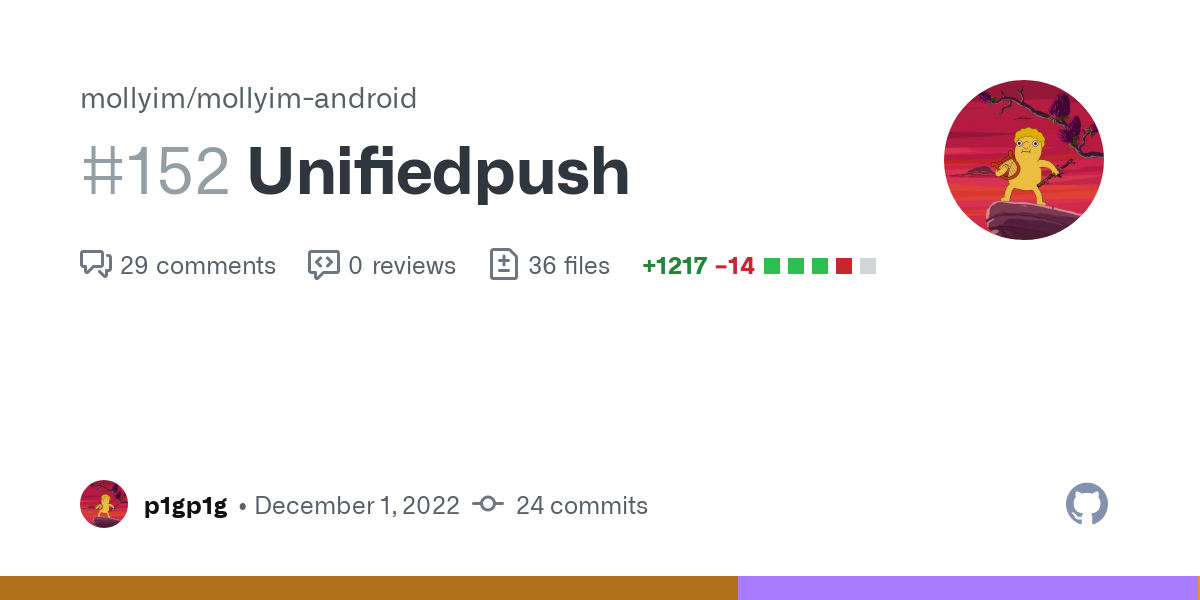

It is BUT you are limited to their test servers for mobile notifications and they honestly suck. It’s a coin flip whether you get them. And if you want better you have to set up your own container system like them with firebase and Apple Dev ids.
I like it still but for a Greenfield project I’d probably try matrix 2.0 on synapse with element x as the mobile app.





Just use a sonatype nexus 3 image and proxy docker hub, etc. Then you pull images through it.